Any web project is unthinkable without a suitable CMS system. This is the first problem you're going to face when deciding to create a website (be it an e-commerce project or a corporate resource). But what to select, what web application framework should become your choice? We recommend Ruby on Rails technology.
In our article, we offer you 7 popular Ruby-based CMS platforms and describe their pros and cons. Also, you'll learn why sites built with Ruby on Rails are so good. Read and feel free to ask your questions.
What is a content management system (CMS)?
CMS is an information system designed to provide the possibility to easily create, edit, and delete the content of a web resource. So, in fact, this is the environment for managing the content.
Of course, the website will work without creating CMS too, but it'll be much less efficient and difficult to use. The matter is that such technologies allow the site owner to independently make new sections, as well as manage any information (without the necessity to hire an expert to do the job).
And before we proceed to discuss options for Ruby on Rails Content Management System platforms, let's briefly analyze how CMS software is usually classified.
-
by type of code:
-
open-source CMS systems. Users are allowed to adapt them to their specific requirements and build software on their basis (which would meet their needs in a better way).
-
proprietary (or closed) CMS. These programs (including those built on Ruby on Rails) are usually paid for, and their source code is closed for any modifications.
-
-
according to the way the CMS works:
-
CMS with offline data processing to create static sites.
-
interactive CMS to build dynamic web pages.
-
hybrids which combine the functions of autonomous and interactive engines.
-
-
by system type:
-
ready-made systems, a cheaper option.
-
created from scratch. They are unique, meeting the individual needs of the client, and therefore more expensive.
-
How to choose the right one
Of course, we have our own preferences regarding the issue, but before we come to the description of your Ruby on Rails CMS options, we'd like to clarify what factors to pay attention to when choosing a content management system.
-
Business growth. Think over your business prospects and desired goals. Ask yourself: are you going to scale your business at all? Understanding this factor will greatly simplify the further development of your web project and help you correctly assess the chosen engine: its possibility of updating, the limits of permissible load, etc. The selection of Ruby on Rails CMS for websites depends on it.
-
Type of resource. There are a few points:
-
a simple information resource (say, a news or beauty blog). Almost all Ruby on Rails CMS platforms are suitable in the case of simple websites because the requirements are quite low. Of course, if your resource starts to monetize well, you'll have to choose another system (more powerful).
-
offline business. Companies operating primarily offline also need some kind of online representation. Perhaps these are the rare cases where you can safely begin with the use of free CMS and then invest in further development.
-
resource of a large company. Even if we’re talking about an uncomplicated corporate website, you should think about advanced CMS software, because a corporate resource implies corporate data which should be well protected.
-
e-commerce projects. When it comes to e-commerce, the situation is obvious: you need the most reliable websites made with Ruby on Rails and using the CMS system of the same level.
-
-
A safety issue. It makes no sense to explain why security is important, it is already clear. And, of course, commercial CMS systems are much more reliable in this respect. However, fans of free software appeal to the fact that ultra-high data protection isn't always needed (if we're talking about just a blog, then such information won't be of interest to a potential attacker). Therefore, evaluate your resource from the specified point of view.
-
CMS functionality. The Ruby on Rails site's CMS platform must do the maximum of what you need. In addition, flexibility and scalability are important, as well as the possibility to fit the system to individual requirements (you see now why open-source systems are so good, right?).
-
The convenience of use. In the end, it is the ease of use of the admin panel that you will be more oriented on because you and your employees will have to work with the program all the time. Therefore:
-
The interface should be clear and simple.
-
The presence of a multi-language feature is also desirable. The more languages available to use, the better.
-
Don’t forget about responsiveness. Today websites built using Ruby on Rails (or any other technology) are almost always responsive, and it's time to customize the admin panel for mobile and other devices too.
-
Simple maintenance and quick launch of the program, without unnecessary actions to configure the system. By the way, the more common the platform, the easier it is to hire specialists who work with it. That's why the task to find a popular CMS (for the Rails community) is a simple one.
-
-
Optimization. To use CMS without SEO functionality means to throw money down the drain. High network competition forces you to think about a promotion strategy in advance. Therefore, it’s good when your chosen system provides all the necessary facilities to implement recommendations of SEO specialists without delay.
-
Support and update the system. Of course, commercial CMS is better supported and updated more often, there is no dispute. On the other hand, the community of people who work with popular free platforms is very large, and there is a high probability that your possible question will be answered at the forum.
And now we’re going to substantiate our choice of Ruby on Rails developer tools and make a few arguments to defend our point of view.
Ruby on Rails technology
So, where is Ruby on Rails used? That is, what can you build with Ruby on Rails tools? And why should you opt Ruby programming language at all?
The questions are not simple, but we are ready to give detailed answers to them.
Ruby on Rails features
We’ll begin our Ruby on Rails guide with the description of key RoR functionality.
-
DRY principle (Don’t Repeat Yourself). The point is that the Ruby on Rails web framework allows reusing program code. It means the speed of Ruby on Rails website development increases significantly. And it’s a good thing, isn’t it?
-
Convention over Configuration (CoC principle). The framework uses many configuration conventions - the so-called programming and coding style typical of most Ruby on Rails web applications. This, again, simplifies the creation of CMS systems and various sites.
-
Test-Driven Development. TDD ideology means a special approach that speaks for itself and makes CMS and websites built with Ruby on Rails much more reliable.
-
Automated QA practices. And last but not least, there are tools to perform automatic modular, integration, and functional testing.
Of course, the Ruby on Rails programming language has many more features worthy of attention, but the main among them have been identified.
Why use Ruby on Rails software?
We’ve listed several reasons explaining why IT specialists prefer Ruby on Rails development tools but you, as a businessman, don't really care, right? Experts’ problems aren’t your concern! You're likely to want to know why (and what) companies use Ruby on Rails.
In fact, everything is simple: technology is truly great when it comes to large online business projects. Though, it’s not necessary to take our word for it! We're able to make out our case.
Okay, let’s see. You should choose Ruby on Rails for e-commerce purposes because of:
-
High Ruby on Rails web development speed. One of the benefits of RoR is the speed of development. Among the reasons is the already mentioned DRY principle. Ruby is very simple as a tool and offers a huge number of ready-made solutions.
-
The easier way to implement complex business logic. The Convention Over Configuration principle allows writing a really understandable and clear code. And this Ruby on Rails code can later be modified without problems in an adequate time.
-
Reliability of solutions. The TDD approach (we’ve mentioned such a feature a bit earlier) makes the created solutions more stable and maintainable.
-
Scalability, performance, and ability to withstand high loads. The Ruby on Rails framework fits resources with great demands: websites using Ruby on Rails work just fine in server clusters or in clouds and are scalable.
-
Competent developers. The number of good and qualified Ruby on Rails developers is big enough, and you'll have no trouble finding the right expert.
-
Ready solutions to support multi-language projects. Remember we talked about how important the presence of multilanguage is? So, Ruby on Rails technology has (even in the basic configuration!) very powerful tools to localize the project.
-
High level of data protection. The Ruby on Rails developers took the data protection issue very seriously. RoR initially contains encryption of passwords, credit card data, and other personal client information. So owners of sites that use Ruby on Rails shouldn't be too worried about the safety of the users' data.
Best Ruby on Rails content management systems
Now that you know what Ruby on Rails is used for and why this programming language is so efficient, you understand that CMS tools and websites created with Ruby on Rails have a huge number of benefits.
We guess it’s time to give you a couple of specific examples: the best Ruby on Rails website’s CMS platforms.
Refinery CMS
Refinery CMS is considered one of the new (relatively!) platforms using a modular approach and built on Ruby on Rails. Its purpose is to help you easily add different content (including photos, videos, pages, etc) and perform other similar actions.
This Ruby on Rails website's CMS platform offers work with the site structure through a conventional WYSIWYG editor. So, users are able to manage the pages in the format most familiar to them.
Refinery can be used in various ways:
-
combining the platform with an existing site to manage its sections;
-
a basic system to develop a separate website;
-
increasing functionality of web apps built with Ruby on Rails;
-
building a unique engine by connecting modules in the Refinery CMS environment.
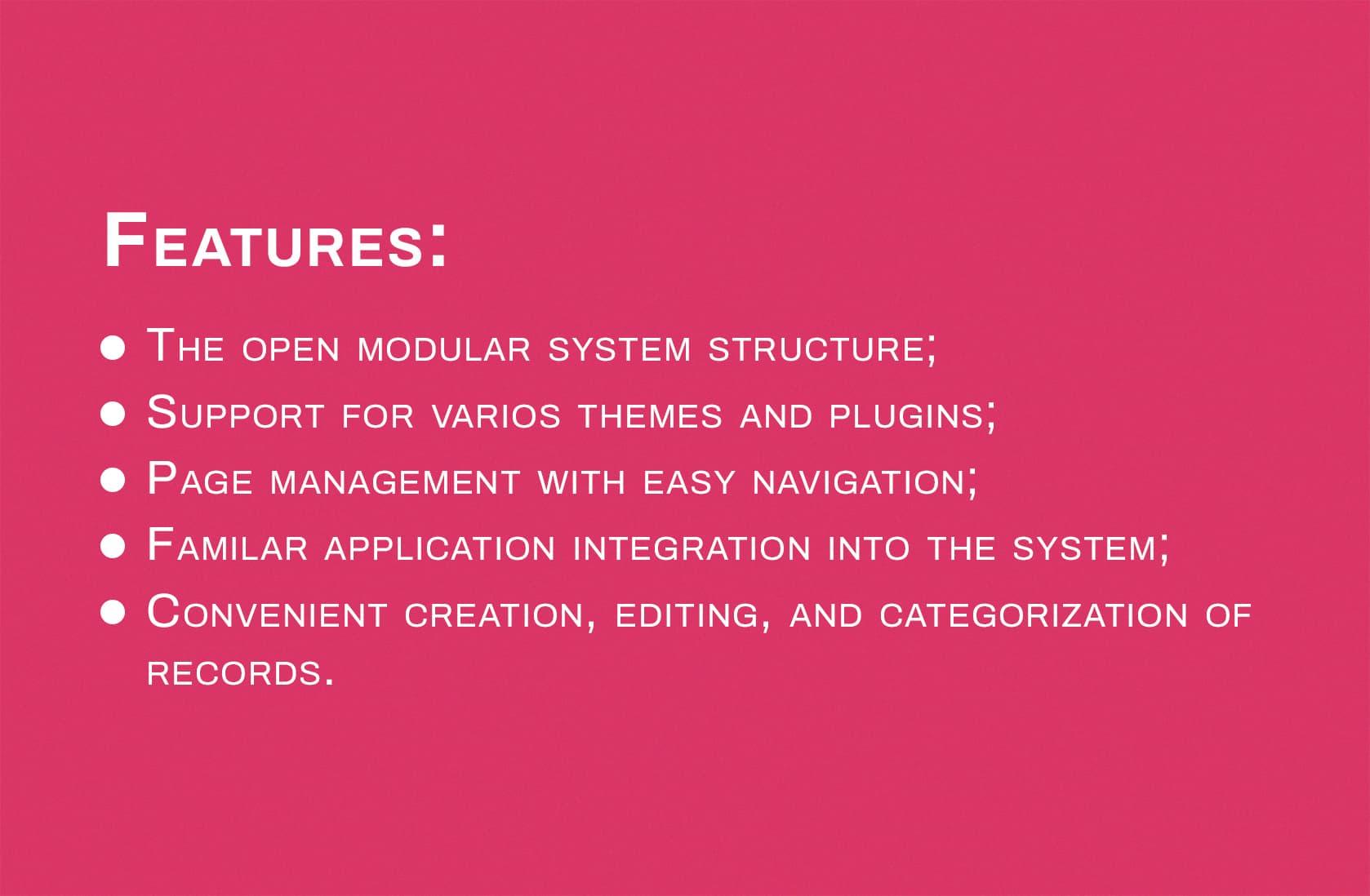
Benefits:
-
Refinery offers a very simple way to install, configure, and expand; there are usually no problems in such respect;
-
If necessary, you can make use of detailed accompanying documentation or interact with platform developers via their IRC channel;
-
Another advantage is regular system updates and a continuously growing list of supported engines;
-
Well, finally, the system is free, open-source, and at the same time reliable and efficient.
Requirements and restrictions:
Of course, the Ruby-based CMS in question has drawbacks, such as:
-
lack of planning and preview systems
-
the need to redistribute files to make changes in the system
-
the insufficiently convenient image storage system

Locomotive CMS
As planned, Locomotive is the basis for creating a blog, but the system is also used to develop CMS platforms and sites built with Ruby on Rails.
And if the previous system is free, then this one takes advantage of a freemium approach when users have access to some basic functionality and are forced to pay to get additional features. In the case of a Locomotive CMS, the payment ranges from $ 19 to $ 199 per month, depending on the conditions and offers of a particular package.
Features:
-
Multiple site support. You don't need several Ruby on Rails content management systems, just one will perfectly do the job and allow managing as many websites as your server can physically handle.
-
Liquid inheritance. Liquid is the most common template language in Ruby, which guarantees security in use and offers an easy-to-learn language syntax.
-
Built-in visual editor. A powerful visual editor Aloha-Editor is integrated into the Locomotive admin panel, and it provides users with the possibility to create templates, edit pages, and perform other operations in visual mode.
-
Cloud storage support. Locomotive works using the famous Heroku cloud platform. Moreover, the database can also be hosted in the cloud (thanks to MongoHQ), and all files downloaded from Locomotive are stored on Amazon S3.
-
Automatic generation of SEO tags. We've said earlier best Ruby on Rails content management systems offer tools to simplify an SEO process. So, Locomotive took great care of such a problem.
Benefits:
-
Custom data types. Locomotive CMS doesn't impose any particular data structure. With the help of the system, the creation of custom data types (so-called records) is possible, allowing the site owner to build a page of almost any kind.
-
Focus on positive user experience. To make the user experience as positive as possible, the creators of Locomotive respond to user feedback when creating and redesigning the program interface.
-
Multilingual. Of course, the ability to work with the system in any convenient language is a definite advantage of the platform too.
-
The convenience of Ruby on Rails development tools. Locomotive provides developers with convenient tools to work with the platform and offers detailed documentation. You, as a business owner, will benefit from it too: the simpler the developer’s work is, the less money will be required to integrate the system.
Requirements and restrictions:
Locomotive has few flaws, we can mention a couple of negative points, such as:
-
More difficult asset management (since there are no organized folders);
-
Non-relational databases;
-
A complicated manual system configuration (however, such a flaw is peculiar only to the free version of the program).

Camaleon CMS
Discussing Ruby on Rails CMS platforms, we cannot fail to mention Camaleon CMS. The creators of the program took care of the comfort of their users and minimized the need for programming, the installation process and other things of the same kind are maximally simplified. The site owner can immediately proceed to the target action, that is - filling his resource with content!
Features:
-
Multiple sites support. Like Locomotive, Camaleon CMS allows you to do with a single system to manage a few sites.
-
Cloud system. Data is stored in Amazon s3 cloud.
-
Convenient categorization systems: using Custom Fields and Content Groups.
-
Multi-language support. The system has been translated into English and Spanish, but content publishing is possible in other languages too.
-
A powerful SEO toolkit that can also come in handy.
Benefits:
-
Camaleon CMS is, in fact, a WordPress analog created using the Ruby on Rails programming language. So, the program has as much extensive functionality and is easy to use.
-
An extensive library of plugins, as well as plugin security and cache-based accelerators, minimize developers' problems. Also, developers appreciate the system’s ability to adjust to different programming languages.
-
A library of themes is a benefit a common user would be fond of: it’s so easy to customize the design of the system to your liking!
Requirements and restrictions:
Okay, and what are the disadvantages of this particular Ruby on Rails CMS for websites?
-
only a few languages are available. As we’ve said, the admin panel is available in Spanish and English, and that’s it! Not too many, right? This is hardly enough!
-
the presence of themes is an undoubted advantage, but some believe that everything spoils the scarcity of the library which offers only 5 design options.
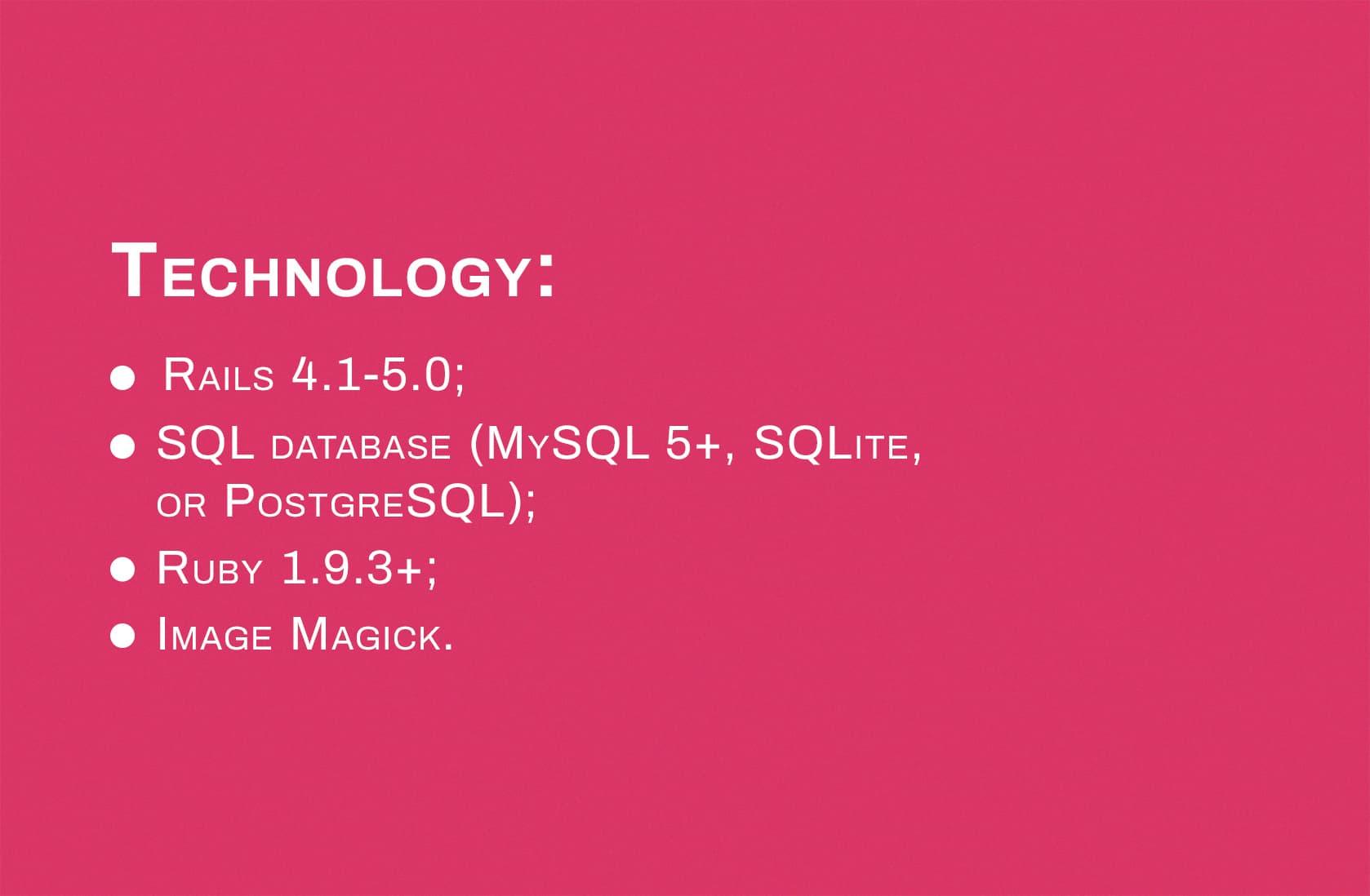
Radiant CMS
The analysis of the best Ruby on Rails websites' CMS platforms wouldn’t be complete without Radiant CMS. Why so? Because it is a very simple program without strings attached, which is licensed under the MIT firman and can come in handy for both commercial and non-commercial purposes.
Features:
-
Localization. Radiant is available in English, German, Russian, Italian, Dutch, French, and Japanese
-
Simplified access to the program which allows managing it without problems
-
Convenient structuring of pages which can be organized into a Child/Parent hierarchy. A custom tag language is also free to use
-
Extended plug-in library
-
Page caching (every five minutes - sufficient time, but not excessive)
-
Custom text filters support
Benefits:
-
The simplicity of the solution is a perfect choice for uncomplicated Ruby on Rails sites, which need plain, no-frills CMS tools.
-
Radiant provides a clear and intuitive (minimized!) UI of the administrator panel, in which there are only 3 key tabs ("Design", "Content", "Settings"). No confusion!
-
Radiant takes advantage of a custom macro language called Radius which can be helpful if you’re considering further expanding the system.
-
Pages can be built through Markdown - a lightweight markup language, Textile - regular markup language, or just HTML. And Snippet is also at your disposal to reuse content!
-
There are 2 versions of the program:
-
developer (with a great set of Ruby on Rails developer tools)
-
production (custom version)
-
Requirements and restrictions:
Of course, there are drawbacks too. You shouldn’t use the system if:
-
You want to be able to install a theme or template with just one click;
-
Your Ruby on Rails website is a huge project which isn't limited to simple "pages";
-
You need to change functions, such as Permalink structure, without editing the Ruby on Rails code.
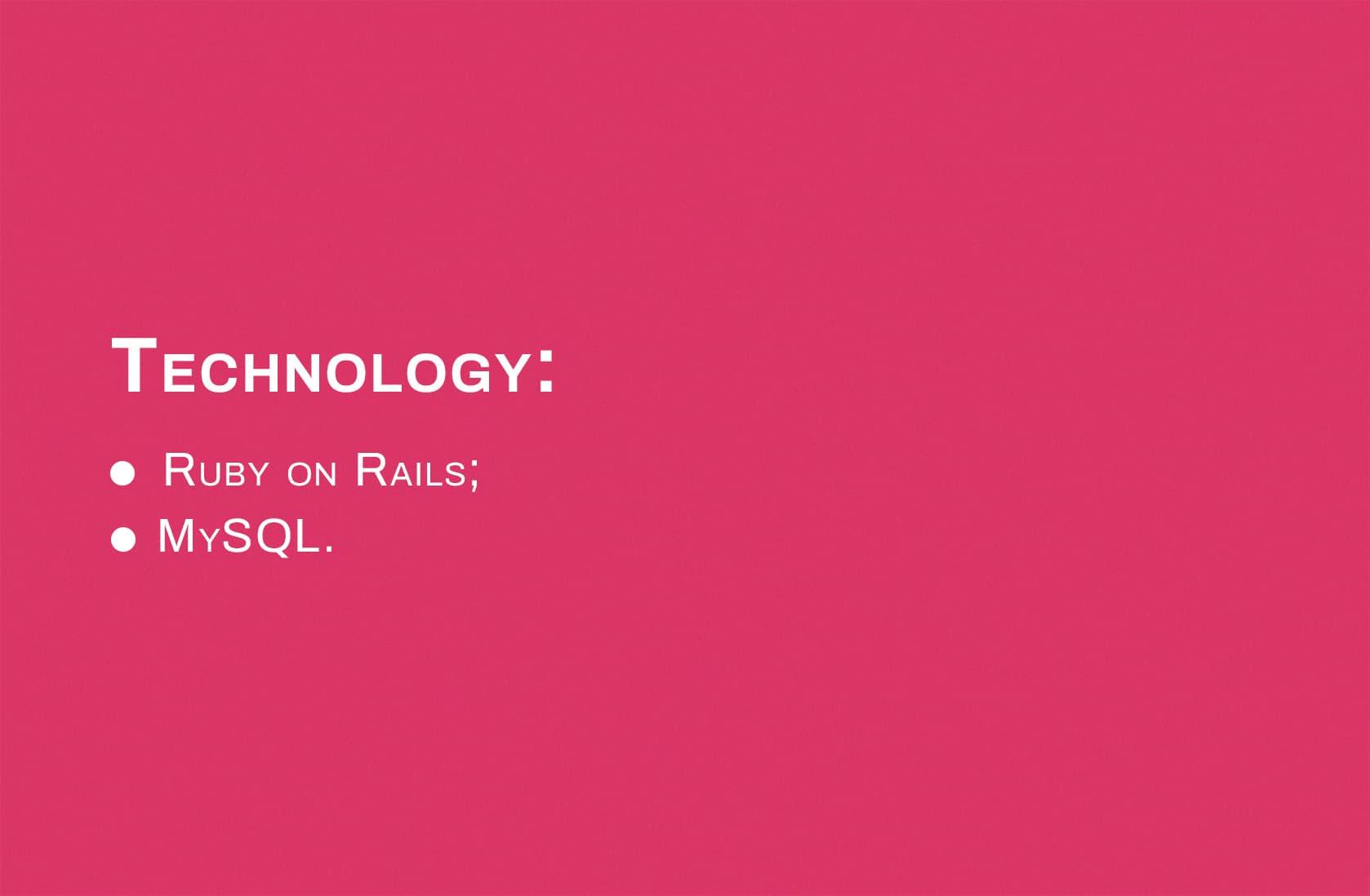
Alchemy CMS
Alchemy CMS is a good choice, although it assumes that you have the skills of a developer and a little knowledge of coding. On the other hand, the program offers excellent functionality based on great Ruby on Rails features and allows you to efficiently manage content.
Features:
-
Excellent internationalization and localization
-
Multi-level caching system
-
Means for protection against XSS, CSRF, and other attacks
-
Ability to work with multiple sites that use Ruby on Rails
-
Taggable approach
-
Advanced search engine
-
Possibility to add and download files
Benefits:
-
Most emerging issues will be resolved when referring to extensive and detailed documentation.
-
Alchemy CMS helps you implement Ruby on Rails projects with advanced functionality.
-
Excellent scaling opportunities are offered, and the site will be able to grow and develop gradually along with your business.
-
There are 2 access operation modes: at the manager and administrator levels.
Requirements and restrictions:
We’ve already mentioned the main drawback of the system: to work effectively with it, you need to be almost a developer… even so, the program has quite decent capabilities.
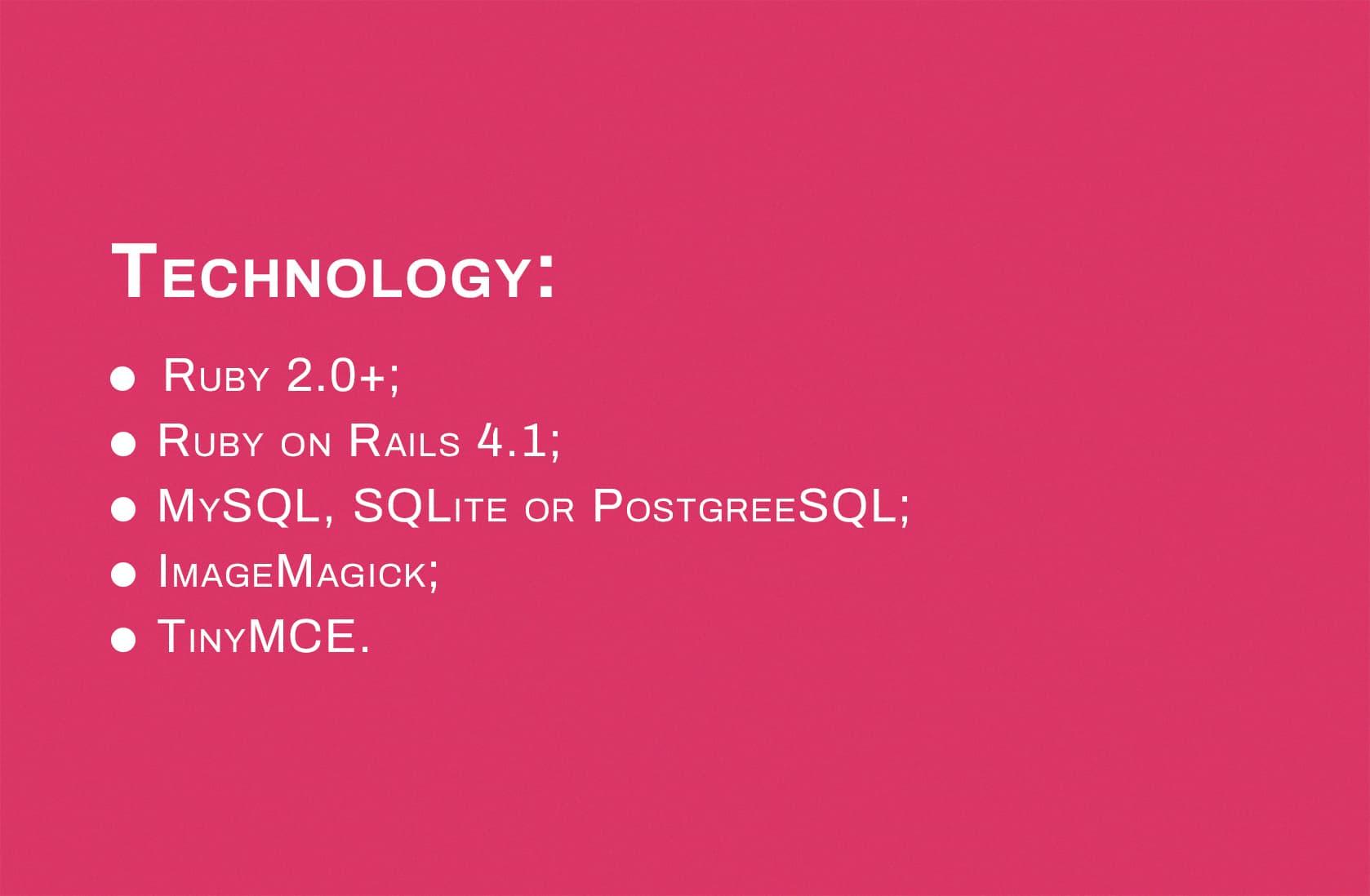
Browser CMS
Browser CMS also deserves attention (among other Ruby on Rails CMS options). Its difference is a convenient categorization of users, their division into several independent groups:
-
Simple editing. The module is ideal for users who have no idea about page markup, HTML, and Ruby programming language.
-
Advanced designing. The second module is more advanced and suits users who want to create beautiful sites without the restrictions of the previous model.
-
Developer level. In this case, we’re talking about experts who can build Ruby on Rails web applications with sophisticated content management systems.
Features:
-
Sitemap, offering a convenient searching format (a la Explorer), which facilitates the process of content management.
-
A recognizable 'CRUD' interface to deal with all types of content. CRUD means Create, Read, Update, Delete.
-
Section-Focused Security. Administrators are responsible for providing access to certain resource pages, so it is up to them to allow someone to edit a definite part of the content.
-
The system of advanced caching of web pages, which significantly increases the efficiency of the platform.
Benefits:
-
Customizable and multi-level access system. As we've said, different groups of users receive different types of rights to work with the platform. Moreover, some users can interact with the CMS without interfering with the content management process itself.
-
Highly Intuitive interface. The previous advantage logically leads to a convenient and easy-to-use Ruby on Rails CMS interface.
-
Mobile responsiveness. The system perfectly interacts with any mobile device.
Requirements and restrictions:
There are no particular drawbacks to the system, although it cannot be called very common and popular. But, of course, you should take into account the technologies with which the Browser CMS is compatible.

Comfortable Mexican Sofa
Comfortable Mexican Sofa is a wonderful system with a very original name which alludes to the convenience of content management provided with it. It has powerful functionality and is in good demand among users who prefer qualified Ruby on Rails software.
Features:
-
Content Tags needed to create page templates
-
Multi-language support
-
CodeMirror to work with the Ruby on Rails code of your site.
-
Work with multiple sites simultaneously
-
Ability to undo changes and return to the previous version of the template
-
Clear and convenient admin panel
Benefits:
-
Automatic update of all pages when making changes to the layout
-
High level of flexibility. This is the right solution if you need to add CMS to websites using Ruby on Rails
-
Comfortable Mexican Sofa offers a huge set of extensions, add-ons, and plug-ins which will come in handy in the work of developers
-
And finally, another advantage is the extensive and exceptionally clear documentation
Requirements and restrictions:
Among the cons, we should mention these ones:
-
Not all features have an extended configuration
-
Comfortable Mexican Sofa offers an inefficient organization of file folders
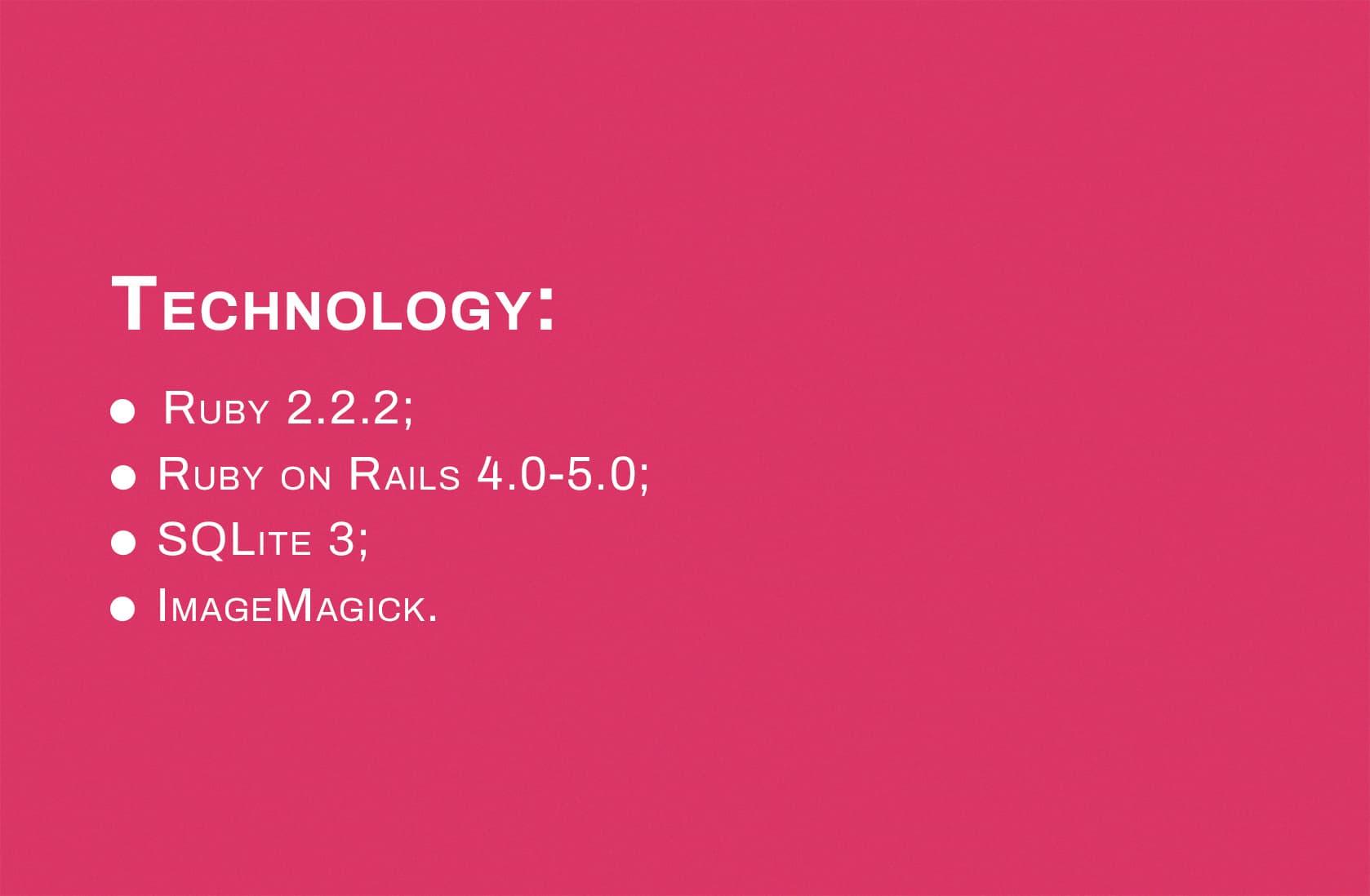
Summary
So, you’ve got complete information about the CMS for Ruby on Rails and now have an idea of what you're going to face. Perhaps, you need help? In such a case, we'll be happy to provide it!
We’re ready to offer our services in Ruby on Rails web development, whether it is the CMS system integration or the creation of a website from scratch. And, of course, our specialists will advise you in detail on all issues and prompt the best solution.
Agilie's web department experts (including Ruby on Rails developers) have extensive experience and don't mind meeting a real challenge. Moreover, they've already implemented a lot of complicated Ruby on Rails projects. Do your best to surprise us with an interesting web development task.

